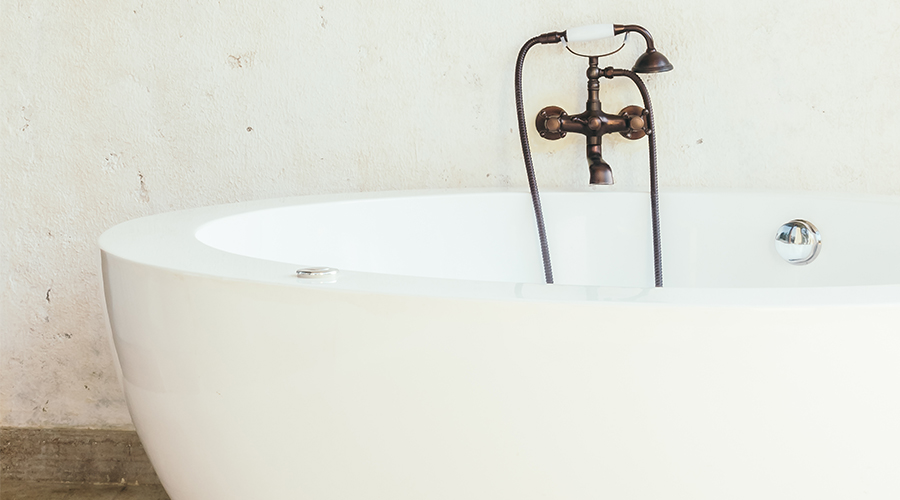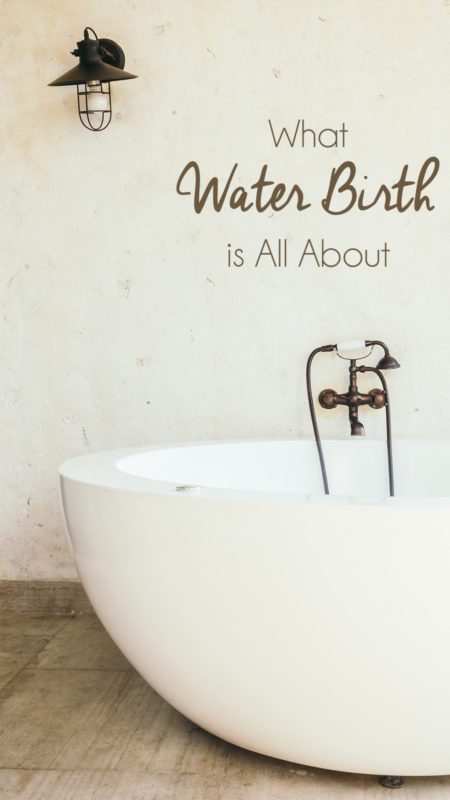Birthing in a tub of water is increasingly becoming more and more popular. Recent scientific research has found that it has some major benefits for both the mother and the baby. The thought of being suspended in a lukewarm pool of water, in the comfort of your own home might be more relaxing to some, while terrifying to others. In either case, water birthing should definitely be an idea for your birth plan, and something you should seriously consider, given the facts to be discussed in this article. There are definitely several health benefits for both the mother and the child, but there are also some factors to consider when deciding if a water birth is right for you.
Water birthing is a more natural way to deliver the baby compared to in the hospital. There is a big move towards natural and organic ways of doing things because of the health benefits they give and a reduced impact on the environment. For more information on natural methods of health, and what is best for you, you can visit authorityreports.com.
Benefits Of A Water Birth
A water birth helps to relax the mother, especially when it is a moderate, lukewarm temperature, compared to the variable and sometimes distressing temperatures of hospitals. The water helps to support the weight of the mother, making her feel light and allowing her to change positions with ease. Scientific studies have found that water birthing reduces the need for pain medication. The theory is that the relaxing environment releases endorphins, natural molecules that reduce pain and provide a sense of euphoria.
The psychological feeling of improved privacy of a water birth within the women’s own home has also been linked to the reduction of overall anxiety and fears which can have a number of benefits such as reducing blood pressure and stress-related hormones.
For the baby, it is not a stressful experience at all. The baby is exiting from a fluid-filled environment in the uterus and so the transition from that to water is quite small. The baby can gradually move to the surface of the water and be taken out to take their first breath. This also reduces stress on the baby.
Is Water Birth Right For You?
Unfortunately, water birthing is not for everyone and there are groups of women who should not try it because it would present too many risks for them and their babies. Of course, these are the minority of cases, and if you do not belong to any of these groups then it should be safe for any woman to try (of course with the permission of her doctor). Speak to your doctor about water birth or consider another option if:
- You have a Herpes infection
- You suffer from excessive bleeding
- Your baby is preterm
- You have preeclampsia or eclampsia
- Your baby suffers from any sort of complications
Normal Risks Of Water Birth
The normal risks of birthing a baby still apply in a water birth. It is recommended that you have a midwife or doctor nearby to minimize the risks and their possible consequences. Added risks from the water birth itself include a slight increased risk of infection if there is feces or meconium in the water. This risk becomes negligible if there is a trained professional nearby that will remove the infectious matter.
Mothers should also be very careful not to inhale any water, as this could cause coughing and choking which increases stress to the baby. The water bath might also be a bit slippery for the mother and this must be kept in mind at all times. These risks are also very much preventable by having the right materials and a professional nearby.
Doing The Water Birth
The most important resource of a water birth is the person who will be attending and helping the mother to deliver. Thereafter, you will need a tub big enough to fit the full length of the mom’s legs plus a bit more space and deep enough to submerge at least half of her body. Fill the tub with water that is close to body temperature, around 95 to 98 °F but not more than 100. You can start filling the tub when contractions are about 3 to 4 minutes apart and get into the tub when the dilation is 5 to 6 centimeters (1.9 to 2.3 inches). Follow the instructions of the attendant, and before you know it, your special little one will be in your arms ready for a full life ahead of them.



















